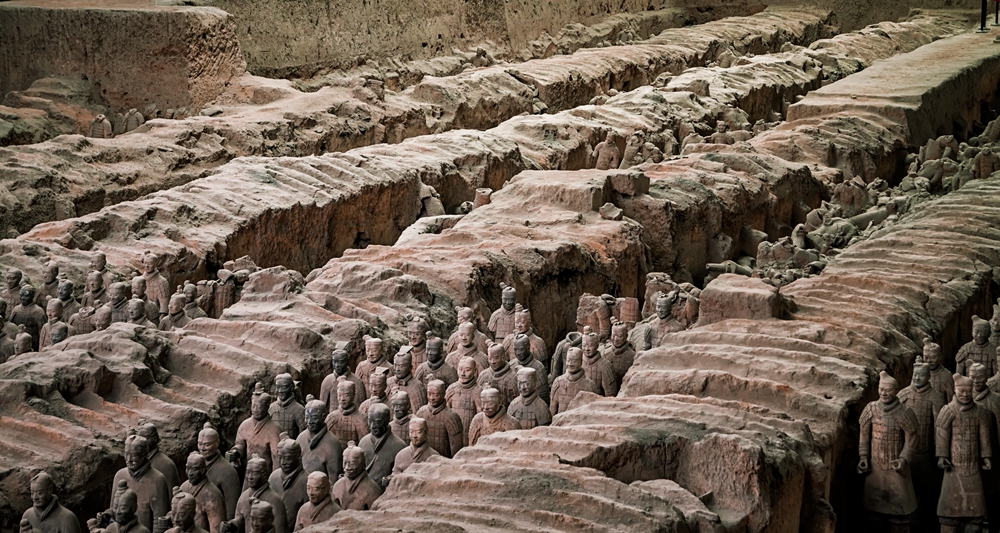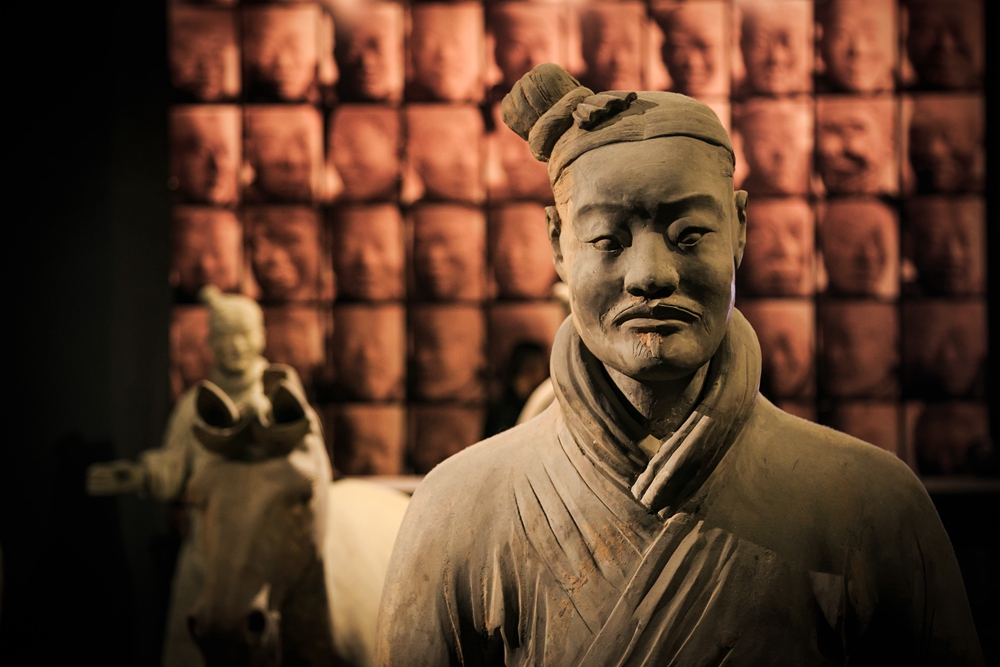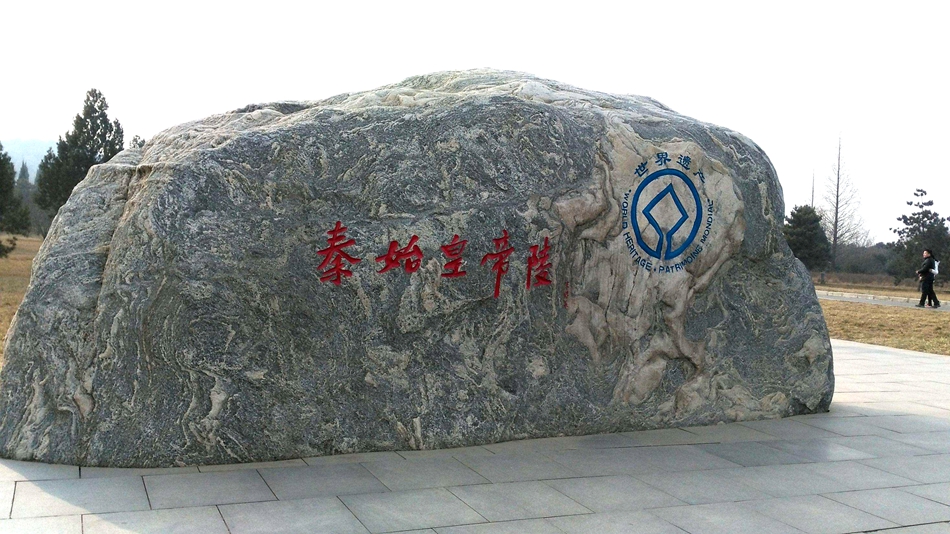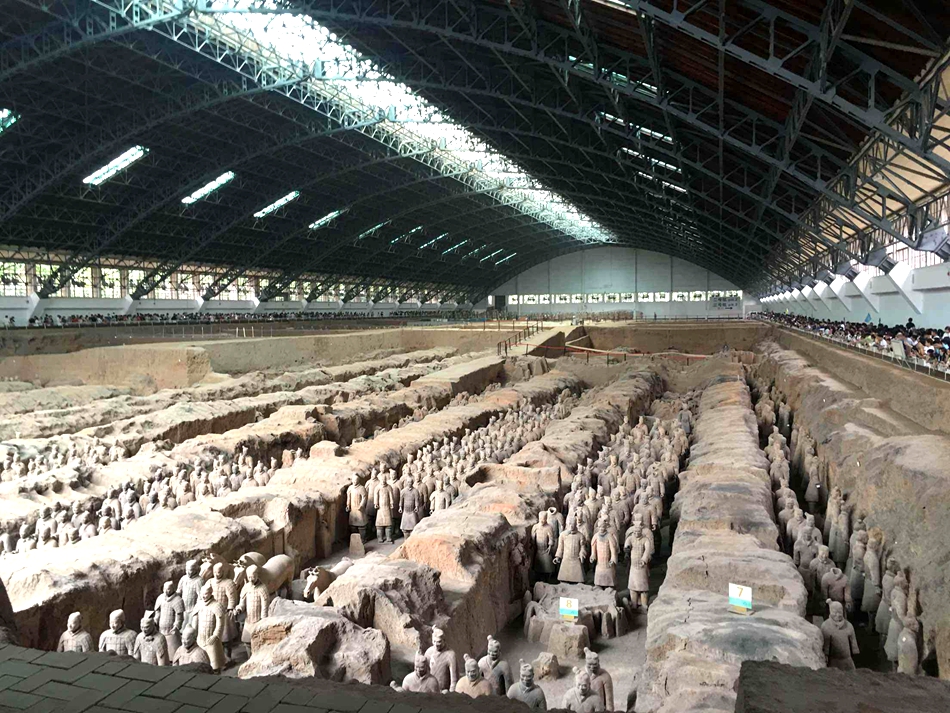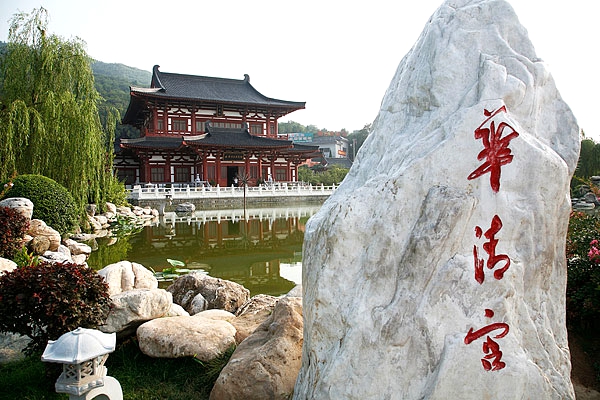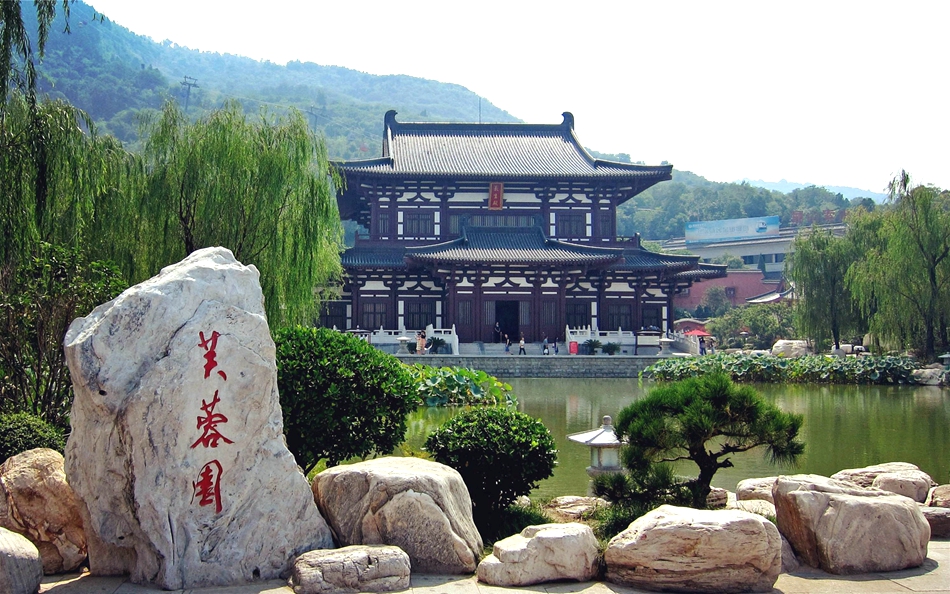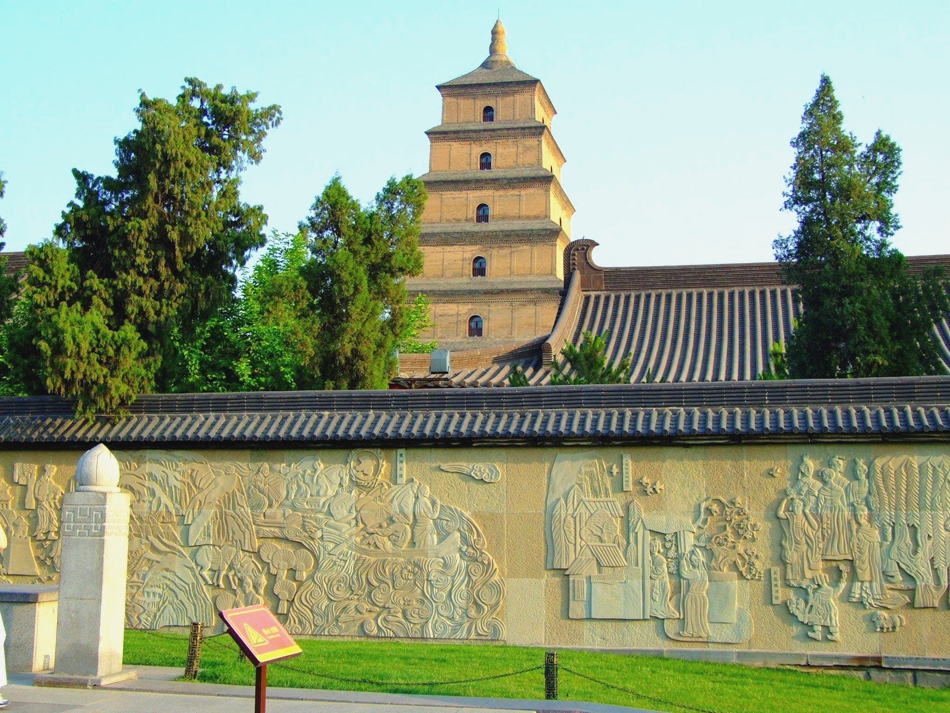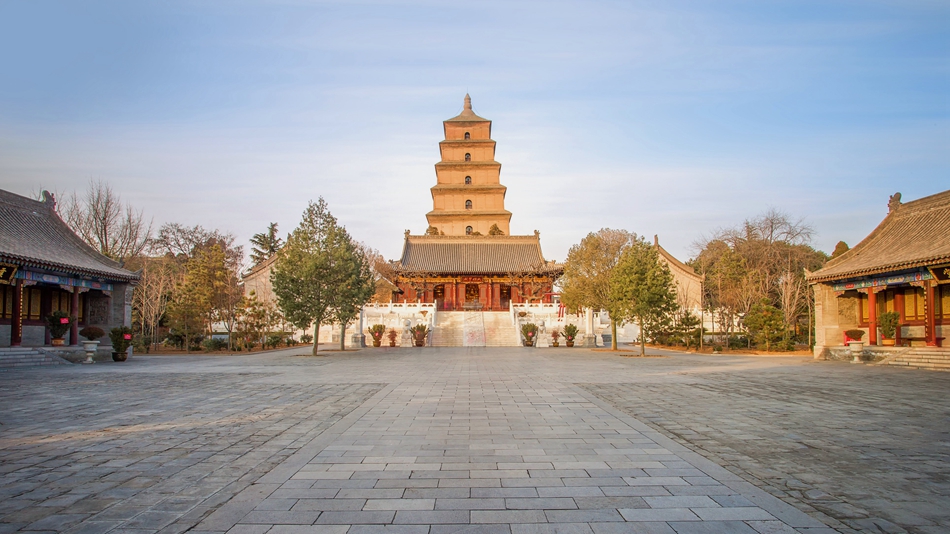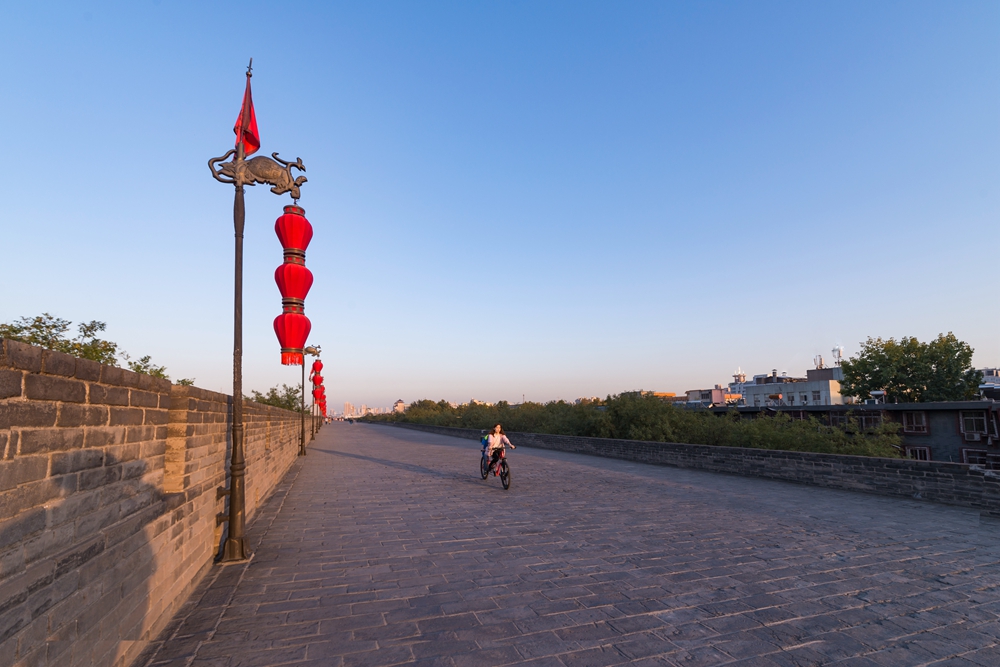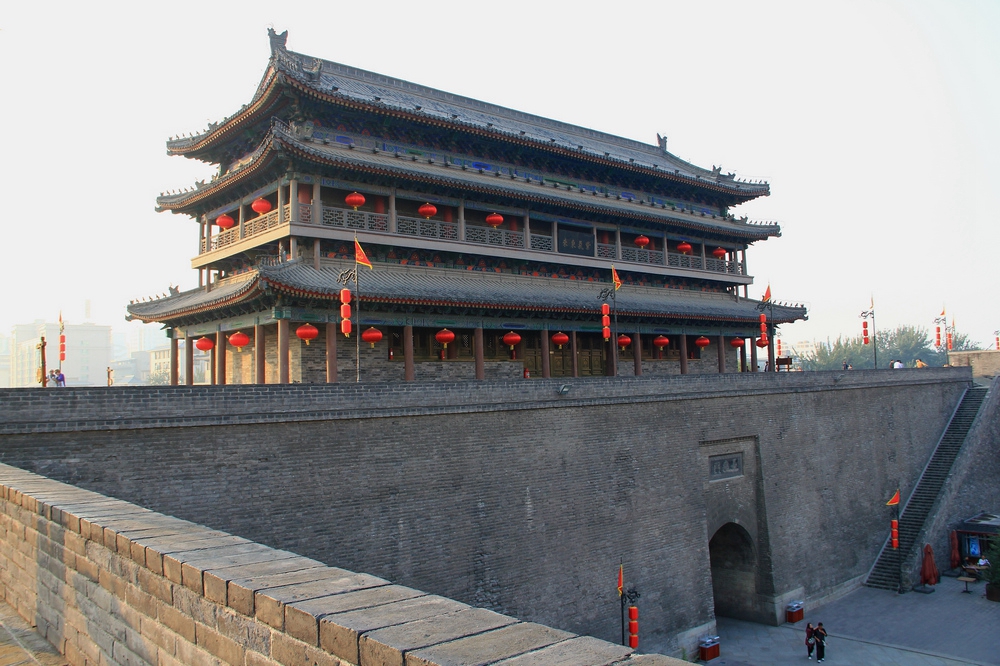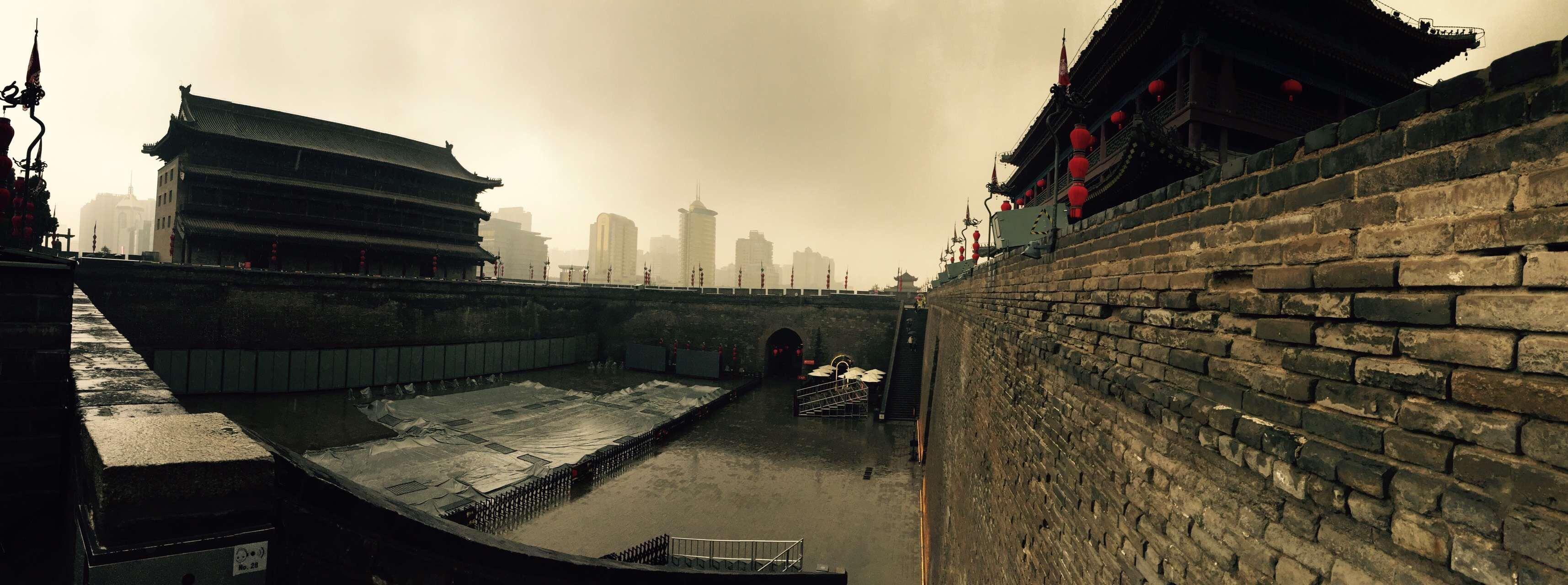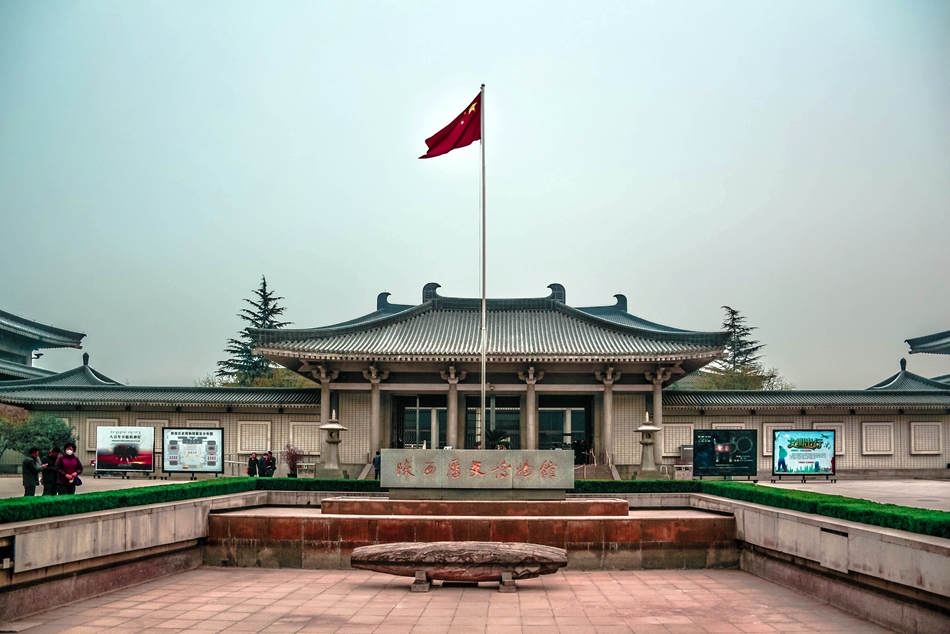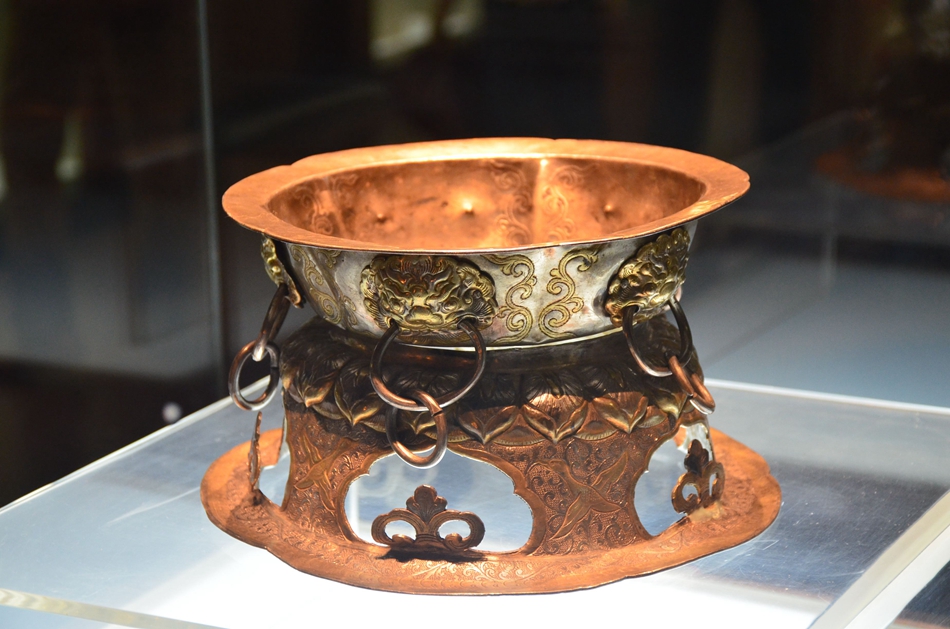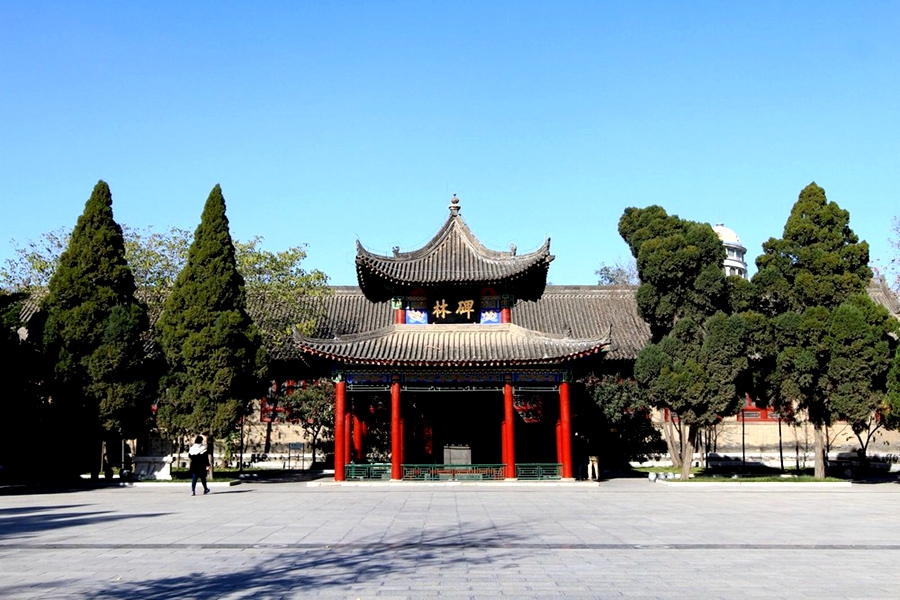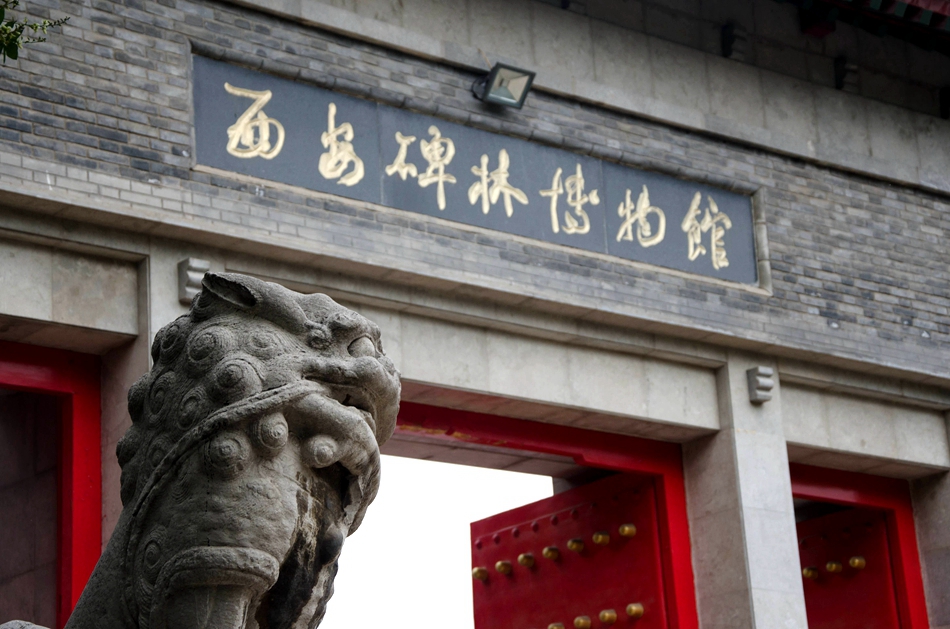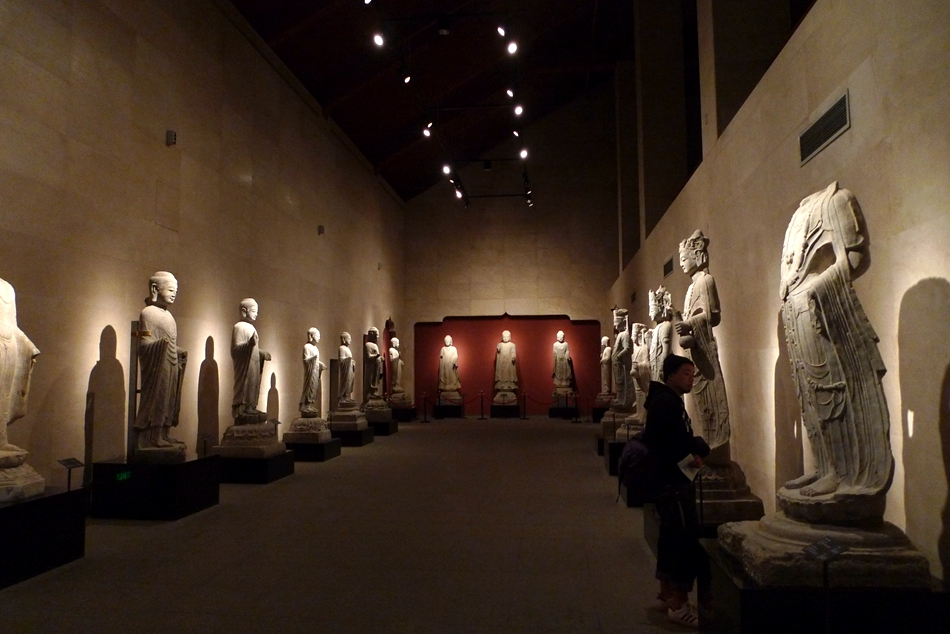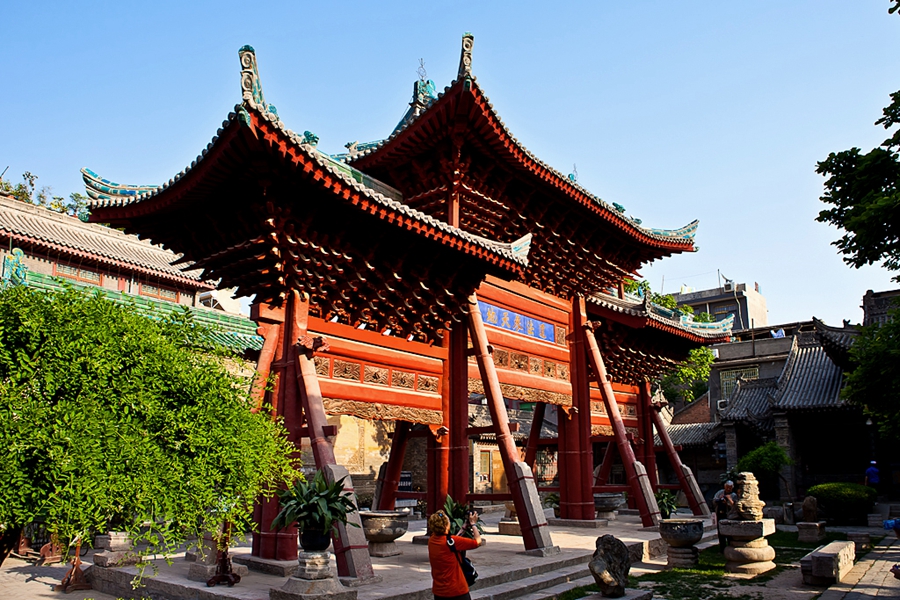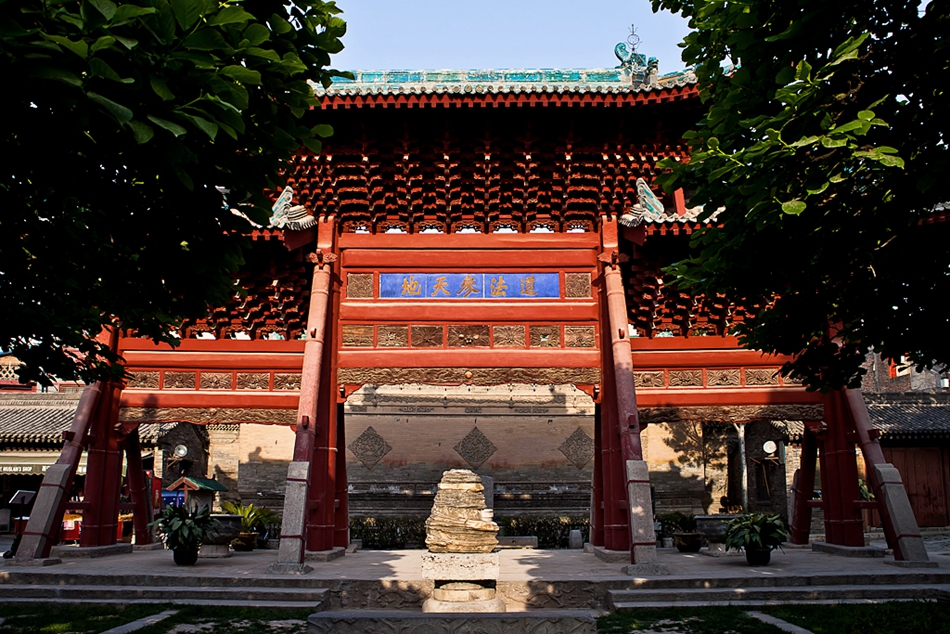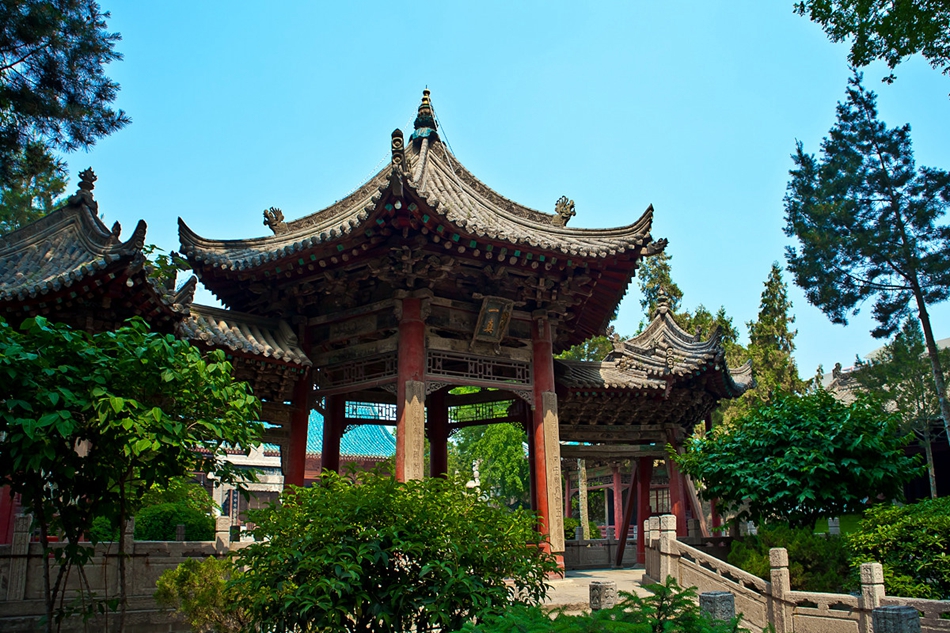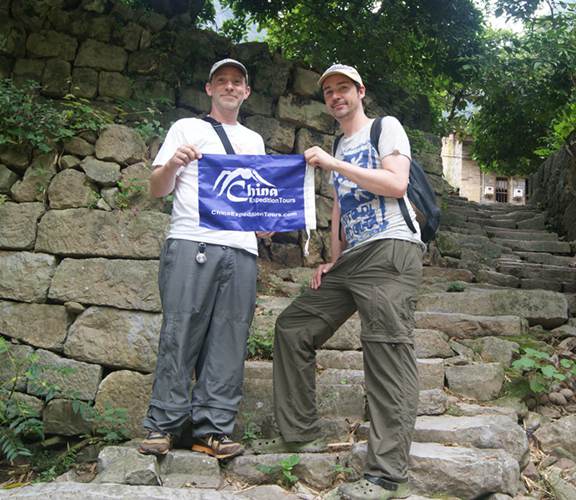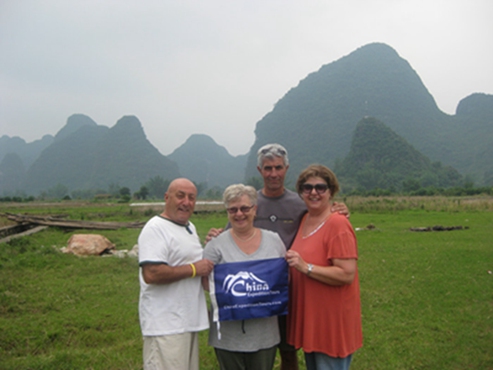Highlights
Itinerary
You will be picked up from your hotel by tour guide and driver at 8:00-8:30AM.We will go toe Big Wild Goose Pagoda (1 hour).The pagoda is was built by the eminent monk Xuanzang in 652 AD, with a great importance in China's Buddhism history. It is the symbol of Xi'an City. Then comes the Xi’an Ancient City Wall(1 hour).It is really a creative way to view the downtown area of this historical city. After a lunch (1 hour) in a local restaurant, we will head to The Shaanxi History Museum (1.5 hours) which will tell you how Xi’an became the cradle of Chinese civilization. Finally we will visit The Bell Tower and The Drum Tower Plaza (30 minutes) and Muslim Quarter (40 minutes).You will be dropped off at your hotel before 5:30 PM.
Meals included: Lunch
Pricing & Accommodation
-
 US Dollar
US Dollar -
 Euro
Euro -
 GB Pound
GB Pound -
 CA Dollar
CA Dollar -
 AU Dollar
AU Dollar -
 HK Dollars
HK Dollars -
 Renminbi
Renminbi
*USD 80 per person
*Children between 3 and 8 will receive 50% discount.
*The price is only for your reference and it is subject to seasons, high or low.Please send us your inquiry if you are interested.
Inclusions / Exclusions
Inclusions:
1.air-con bus or van with experienced driver
2.English-speaking tour guide
3.Entrance tickets to the attractions as listed in the itinerary
4.Hotel pick-up & drop-off service
5.Chinese Lunch
Exclusions:
1. travel insurance
2. personal expenses
3.Tips is highly appreciated but not requested
Important Information
How to Dress (only for reference):
Comfortable walking shoes
Long, loose and comfortable pants
Shorts for summer months (June – September)
Shirts/T-shirts
Warm clothes (Fleece, Jacket, hat and gloves etc.) for Nov-April
Umbrella or waterproof jacket in a cloudy day or rainy day
Cover for backpack or plastic bags to keep clothes dry in case of rain
What to Bring (only for reference):
Wet wipes / Moist towelettes
Sun hat, Sun block, Sunglasses
Insect Repellent
Bottled Water
Small towel
Camera, film and memory chip, battery
Binoculars



